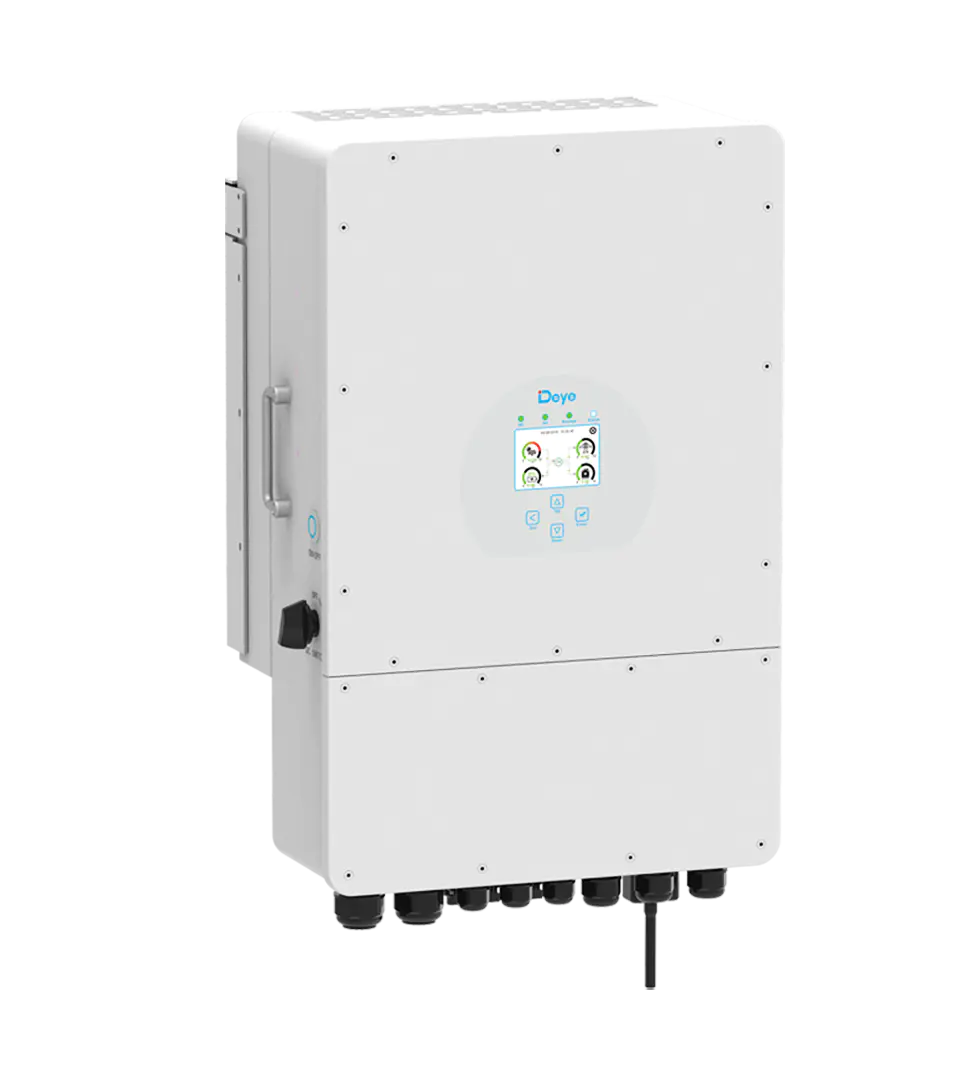Solar inverters play a vital role in solar power generation systems, acting as a bridge between the direct current (DC) generated by solar panels and the alternating current (AC) required by household appliances and the power grid. As homeowners increasingly turn to renewable energy sources, understanding the capabilities and dimensions of solar inverters is critical to optimizing energy efficiency and ensuring a reliable power supply. The right solar inverter can not only maximize the performance of your solar system, but also improve the overall sustainability of your home.
When determining the right size solar inverter for your home, you must consider several factors. The first thing to consider is the total wattage of solar panels installed on the roof. A general rule of thumb is to choose an inverter that can handle at least 20% more power than the total output of the solar panels. For example, if your solar panel system produces 5,000 watts, then a solar inverter rated at 6,000 watts would be ideal. This additional capacity can accommodate energy fluctuations due to changes in sunlight conditions and ensures that the inverter operates efficiently without loads.
In addition, when choosing a solar inverter, it is crucial to consider your home’s energy consumption pattern. Analyzing your monthly electricity bill can give you an idea of your average energy use, which can help you choose an inverter that meets your needs. In addition, if you plan to expand your solar panel system in the future, choosing a slightly larger inverter can accommodate the potential growth in energy production. By carefully assessing your current and future energy needs, you can choose a solar inverter that will not only efficiently power your home, but also contribute to a sustainable energy future.
Post time: Dec-12-2024

